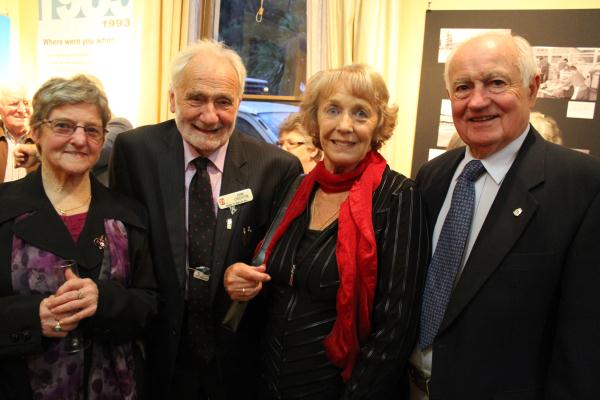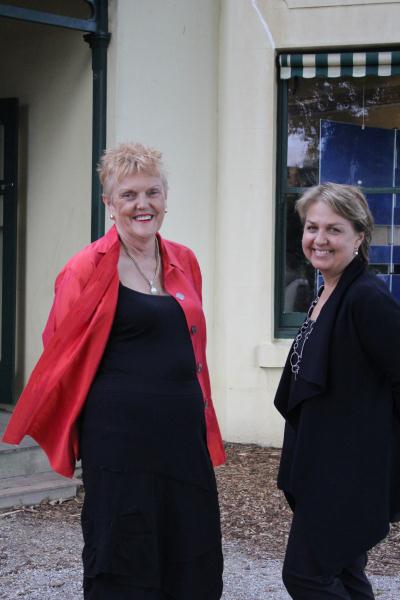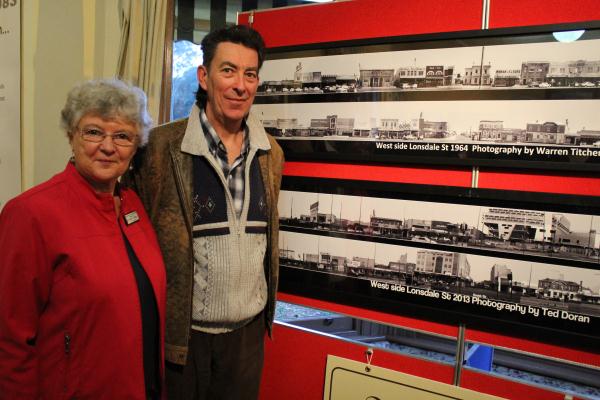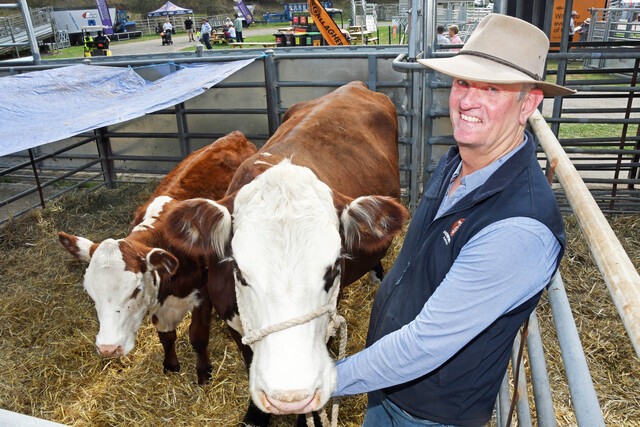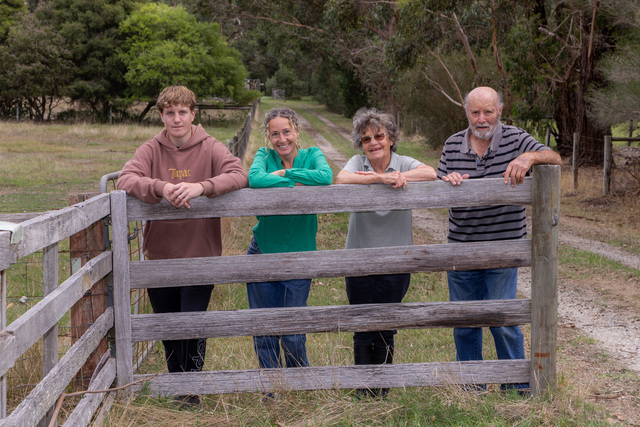By RUSSELL BENNETT
THOSE who blazed the trail for modern-day Dandenong were celebrated earlier this month at the opening of an exhibition to mark the 50-year anniversary of the city’s historical society.
Since 1963, what is now the City of Greater Dandenong has become just that – one of Australia’s greatest multicultural cities.
It has transformed from a thriving country town of a little over 25,000 people, to a central hub of more than 135,000 who, combined, speak about 150 different languages.
Few cities the world over could boast such a feat and even fewer historical societies could truthfully lay claim to a better narration of such a journey.
Dandenong: Then and Now (1963 to 2013) – an exhibition celebrating 50 years of the Dandenong and District Historical Society’s (DDHS) collecting, preserving, researching and sharing of local history – is on display inside Langhorne Street’s iconic Laurel Lodge until 6 October.
It masterfully covers modern-day Dandenong’s formative years thanks to the tireless work of president Christine (Chris) Keys, Jenny Ward and their team.
In the 10 years from 1963 to 1973, Dandenong became a favourite area for engineering and heavy machinery factories, textiles plants, and food processing facilities.
You name it, Dandenong had it.
Land and houses were cheaper in Dandenong than central Melbourne.
A brick veneer home cost, on average, about £4750 – including the land, made roads, footpaths, curbing and all services.
The township of Dandenong was originally laid out in 1853 and continued up to the 1950s as a farming and market town.
Revolution came in the form of three iconic American-based companies – General Motors Holden, Heinz and International Harvester (known as ‘the big three’) – establishing local bases. Dandenong had progressed from that farming and market town to an industrial hub of the south-east.
Fast-forward to 2013 and houses in the district are now fetching between $350,000 and $600,000.
The old Dandenong Town Hall has been given a new lease on life with the development of the Drum Theatre – which remains an iconic part of the city.
A major revitalisation of central Dandenong has started to create a fresh and exciting future. The Victorian State Government provides $290 million for infrastructure and other initiatives have been tailored to attract more than $1 billion worth of private sector investment.
In partnership with the City of Greater Dandenong, a new public plaza – as well as better connections to the train station and major routes into the city – is also underway.
The Then and Now exhibit is set up so visitors can take a walk through the five decades in chronological order from 1963 to 2013.
It was organised within a $2000 budget, with local business Signarama generously supplying information signs and banners at a discounted price.
The exhibit’s opening was a convergence of a veritable who’s who of the city’s biggest names of the past 50 years, and City of Greater Dandenong Mayor Angela Long couldn’t have been happier.
Having lived in Dandenong North for 42 years and grown up in Springvale, she took enormous pride in what she called “an amazing turnout”.
“We’ve seen huge changes from even 10 years ago,” she said.
“Once upon a time we were known as ‘the Golden Gate to Gippsland’ and now we’re a real multicultural city.”
Anyone who wants to learn about how the newly restored Porky Pig neon light originally came to prominence as part of the iconic ‘Dandy’ hams and bacon factory should visit Then and Now at Heritage Hill’s Laurel Lodge before it’s too late.
For more, log on to www.ddhs.com.au.

